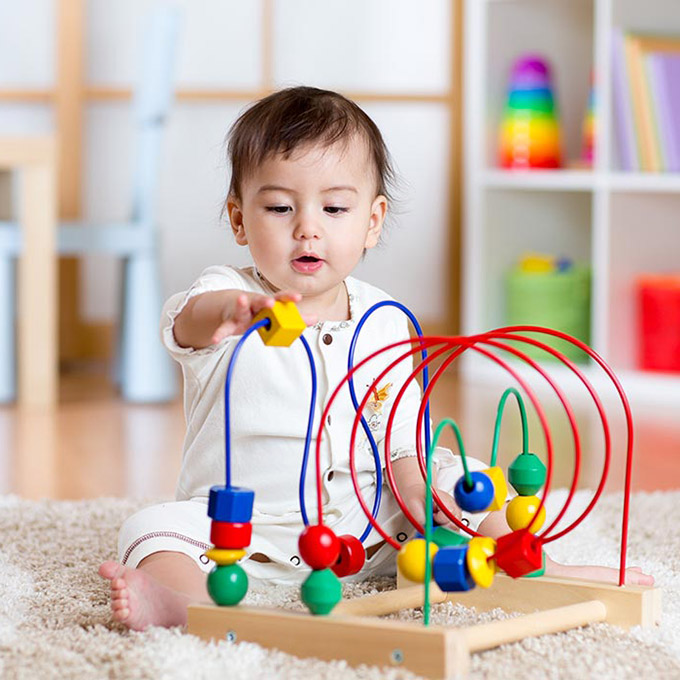
Most of the time, after your children get back from school and after you are back home from a long day of work or chores your first priority is to sit back and watch TV ,surf the net, work some more on the laptop or play video games. We succumb to these sedentary activities which time after time and when done on a daily basis can affect the mental and physical health of your family.
Even if you don’t notice it, these sedentary activities put barriers between families as each person is busy doing their own thing on their phones or laptops, leaving everyone inactive and feeling more exhausted by the end of the day.
It is important to know that though you may all get home tired, when you do go out for some physical activity you find yourself feeling better straight away!
These family activities create tighter bonds between parents and their children. And children who grow up in an active family are more likely to remain active as adults.
The focus of this article is to teach the importance of being physically active every day. Therefore parents other than being good role models must teach their children the following:
- Moving your body is fun and helps you become healthy and strong
- All types of physical activities like dancing, playing outside and sports are good.
- Doing something active every day is vital.
Physical activity does give your children more energy and helps improve their sleep and focus. Staying active over time also helps you and your children keep a healthy weight but also protects them from the following:
- Heart disease
- Diabetes
- High blood pressure
- Stroke
- Osteoporosis (weak bones)
For these reasons, it is important that your children get at least one hour of physical activity every day. It could be spread out during the day in periods of 15 minutes, but be sure to ensure that your child does some vigorous activity at least 3 days per week (these include activities that make your child sweat). The table below has some examples of vigorous activity and moderate activity:
Examples of Moderate Activity:
Games and sports that are similar to fast walking:
- Hopscotch
- Kickball
- Playground play
- Bike Riding
- Frisbee
Examples of Vigorous Activity
Games and sports which are more intense than fast walking, they make you sweat:
- Swimming
- Basketball
- Jumping Rope
- Running
- soccer
- Aerobic
- Dancing
Start thinking about what kind of activities your children engage in? If they don’t, what would suit them most for a start?!
Positive Reinforcement and Your Children
The main concept of Positive reinforcement is noticing all the things your children do right and not emphasizing the wrong all the time. Reinforcing positive behavior helps children by making them feel good about the choices they make, which in turn motivates them to continue to improve their behavior.
Reasons to use positive reinforcement:
- Helps with their Self esteem
- Boosts their character development
- Motivates Good behavior
Positive reinforcement is more effective when done right after a good behavior is shown or presented.
Ways to use positive reinforcement with your children:
- Show Feelings:
Positive reinforcement does not come in the form of a wrapped gift food or a treat. It’s nothing concrete and more verbal and emotional it can be done by simply cheering, clapping, giving thumbs up, tight hugs, high fives and giving praise!
- Be Specific with your Praise.
This should be done by being specific about what you are praising your children for and showing your feelings, by saying things like “I liked how you shared your toys with the other kids” or “I noticed how you asked your sister about playing with her doll, it was very polite of you.”
- Hold Negative Judgment.
Another important point when using positive reinforcement is to hold your negative judgment. This works by not saying anything negative to stop a bad behavior immediately (unless you really need to). Instead, just wait and look for things he does right and then talk to him about it. For example, if you are waiting at the doctors’ clinic and he starts misbehaving by nagging, making silly faces etc. ignore it until he sits down and starts doing something else like playing with his toys, flipping through his little book. then tell him how happy you are to see him waiting patiently and acting like a grown up.
Always remember that your children will do both right and wrong things together, but always encourage the things they do right. If you ask your child to pick up his toys from the floor and he picks some of them up putting them on his bed instead of his toy box, focus on what he did right and appreciate him for it.
Most importantly, avoid comparison between children; and always focus on the improvements in your children.




